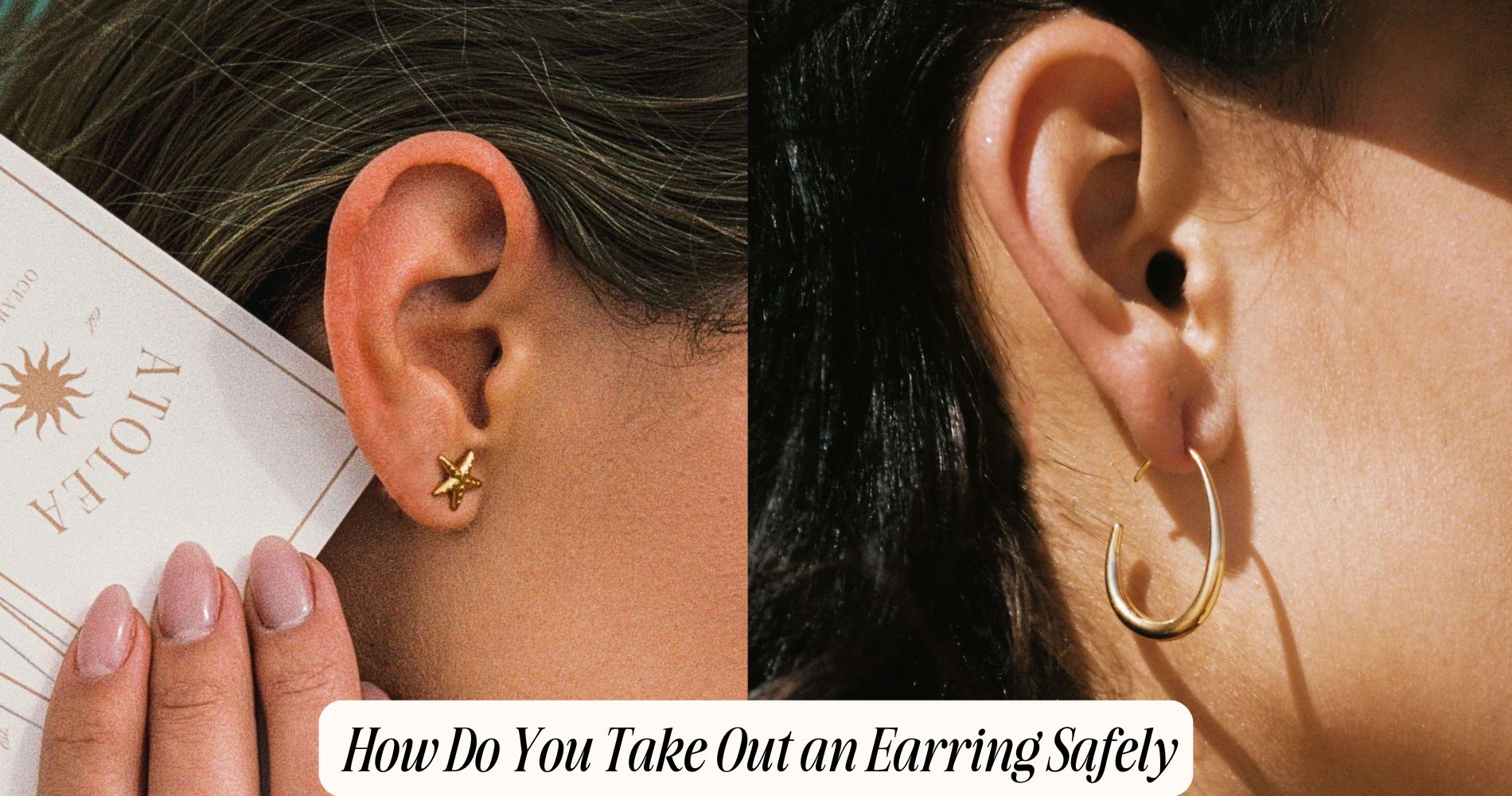
How Do You Take Out an Earring Safely
If you’ve ever wondered how do you take out an earring, the key is to do it safely and gently. Start by washing your hands with soap and warm water, then dry them with a clean towel. Depending on the earring type, use sterilized tweezers or needle-nose pliers for extra precision. For studs, carefully unscrew or pull off the back; for hoops, open the latches or hinges with care. After removal, clean the area with a mild antiseptic and continue with regular saline solution to prevent infection. You can also explore our cute earrings collection for stylish options once you’re ready to switch up your look.
Preparing Your Hands and Tools
Before attempting to remove an earring, you must meticulously prepare your hands and tools to guarantee a safe process.
Begin by confirming ideal hand hygiene. Wash your hands thoroughly with soap and warm water for at least 20 seconds, scrubbing nails and fingers meticulously. Rinse well and dry with a clean towel to prevent contamination.
Next, focus on tool selection. Gather necessary tools such as a sterilized pair of tweezers or needle-nose pliers, depending on the earring's design.
Sterilize tools by wiping them with isopropyl alcohol or boiling them for five minutes. This step eliminates bacteria, reducing infection risk.
Assessing the Earring Type
Understanding the type of earring you're dealing with is essential for a successful removal process.
Begin by identifying the earring materials, as these can impact the removal technique. For instance, surgical steel or titanium earrings might require different handling compared to softer metals like gold or silver, which are more malleable.
Next, examine the earring styles. Common styles include studs, hoops, and dangly earrings. Each style has distinct components and removal methods.
Studs typically have a post and backing, while hoops may feature a latch or hinge mechanism. Dangly earrings often include hooks or clasps.
Recognizing these variations allows you to approach the removal with the appropriate strategy, minimizing the risk of damage to the earring or injury to your ear.
Removing Stud Earrings
Having identified the type of earring, you can now focus on removing stud earrings with precision.
First, wash your hands to prevent infection. Grip the front of the stud with your thumb and forefinger. With the other hand, hold the back of the earring.
Gently twist the backing counterclockwise if it's a screw-back style. For push-back styles, pull the backing straight off without twisting.
Different earring materials, such as gold or silver, may require extra care to avoid bending or scratching. Be mindful of stud earring styles, as some may have more intricate backings.
Once removed, clean the earring and backing with a mild antiseptic. Store them safely in a dry, secure place to maintain their condition.
Taking Out Hoop Earrings
Removing hoop earrings requires a steady hand and careful technique to prevent damage.
First, identify the hoop earring types you’re wearing, as removal methods can vary. Classic hoops typically have a latch, while huggie hoops often feature a hidden hinge. For latch-back styles, gently lift the latch to release the post. If wearing huggie hoops, locate the hinge and carefully open it by pulling the two ends apart.
Hoop earring materials also influence removal. Gold and silver are softer, necessitating gentle handling to avoid bending. Stainless steel and titanium provide more durability but still require careful manipulation.
Always support the earring near the piercing site to reduce pressure. By following these steps, you’ll safely remove your hoop earrings without causing harm.
Handling Dangle Earrings
When handling dangle earrings, it’s essential to approach the task with precision to prevent damage or discomfort.
Begin by washing your hands thoroughly to maintain hygiene. Hold the earring firmly at its base to guarantee stability. Identify the clasp type, as dangle earring styles vary; some have a hook, while others use a latch.
Gently unhook or unlatch the earring, avoiding sudden movements that could tangle or damage delicate components. Once removed, inspect the earring for any wear.
Proper earring care involves storing them separately in a soft pouch to prevent entanglement or scratching. Regularly check the clasps for secure closure to guarantee continued safe usage.
Tips for Newly Pierced Ears
Although excitement often accompanies new piercings, caring for newly pierced ears demands careful attention to detail to guarantee proper healing.
Start by choosing hypoallergenic earring materials like surgical steel, titanium, or 14-karat gold to minimize irritation and allergic reactions. Keep your hands clean before touching your ears to prevent introducing bacteria that may disrupt the healing process.
Avoid rotating the earrings unnecessarily, which could hinder healing or introduce bacteria. Monitor the piercing site for any redness or swelling, as these might indicate complications.
Refrain from removing the earrings too soon; it’s recommended to leave them in for at least six weeks to ascertain the piercing has adequately healed.
Aftercare for Your Ears
Proper aftercare for your ears guarantees that your new piercings remain healthy and free from complications.
Start by washing your hands thoroughly with antibacterial soap before touching your piercings. Use a saline solution or a specialized ear care product to gently clean the area twice daily. Apply the solution with a clean cotton swab, ensuring you remove any crust or debris without twisting the earring. Avoid alcohol-based products as they can irritate the skin.
For infection prevention, don’t expose your piercings to pools or hot tubs, and refrain from changing earrings prematurely.
Monitor for redness, swelling, or unusual discharge, which may indicate infection. If symptoms persist, consult a healthcare professional promptly.
Adhering to these guidelines will help maintain your ear’s health.
Frequently Asked Questions
How Can I Prevent My Earrings From Getting Tangled in My Hair?
Choose earring styles that minimize snagging, like studs or hoops. Keep your hair tied back or use anti-frizz products for smoothness. Regularly condition your hair to reduce tangles, ensuring careful management around earrings. Adjust your routine accordingly.
What Should I Do if My Earring Gets Stuck on Clothing?
Gently hold the earring and clothing where the snag occurred. Carefully maneuver the earring back through the fabric without pulling. Use tweezers for precision if needed, ensuring minimal force for safe earring removal and avoiding damage.
Are There Any Signs of Allergic Reactions to Watch for With Earrings?
You should watch for allergic symptoms like redness, itching, or swelling around the earring site. Consider earring materials, such as nickel, which often cause reactions. Opt for hypoallergenic options to minimize allergic response risks.
How Often Should I Clean My Earrings to Ensure Hygiene?
Clean your earrings weekly using appropriate methods. Consider earring materials: use mild soap for gold, silver, or stainless steel; avoid harsh chemicals on pearls or gemstones. Rinse thoroughly, dry completely. Regular cleaning prevents bacteria buildup and maintains hygiene.
Can Sleeping With Earrings Cause Any Issues or Discomfort?
Yes, sleeping with earrings can cause discomfort depending on your sleeping posture. Earrings may press against your skin, causing irritation or even infection. Consider removing them before bed to prevent potential issues and guarantee comfort.
Conclusion
You've now learned the essential steps for safely removing different types of earrings. First, make certain your hands and tools are clean to avoid infections. Identify the earring type—stud, hoop, or dangle—before proceeding with removal. Use gentle, precise movements to prevent damage to your ears. For new piercings, be extra cautious and follow aftercare guidelines to promote healing. By following these detailed instructions, you’ll maintain healthy, irritation-free ears while changing your jewelry.


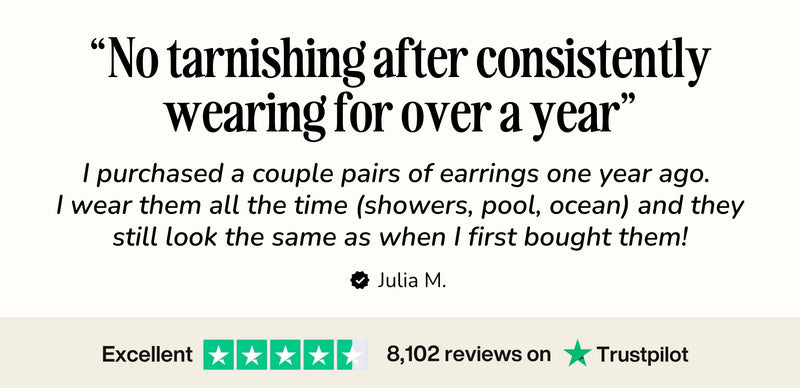




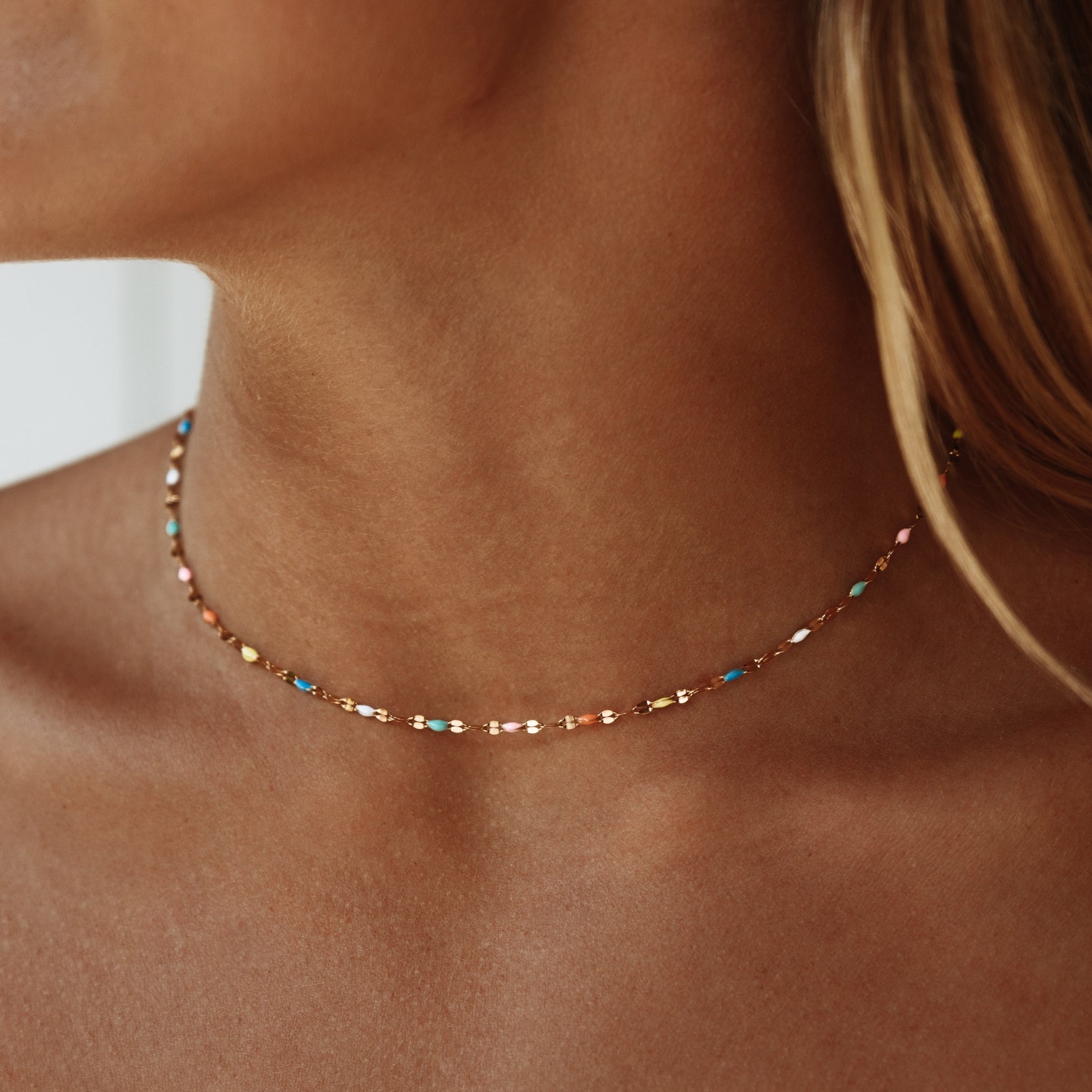
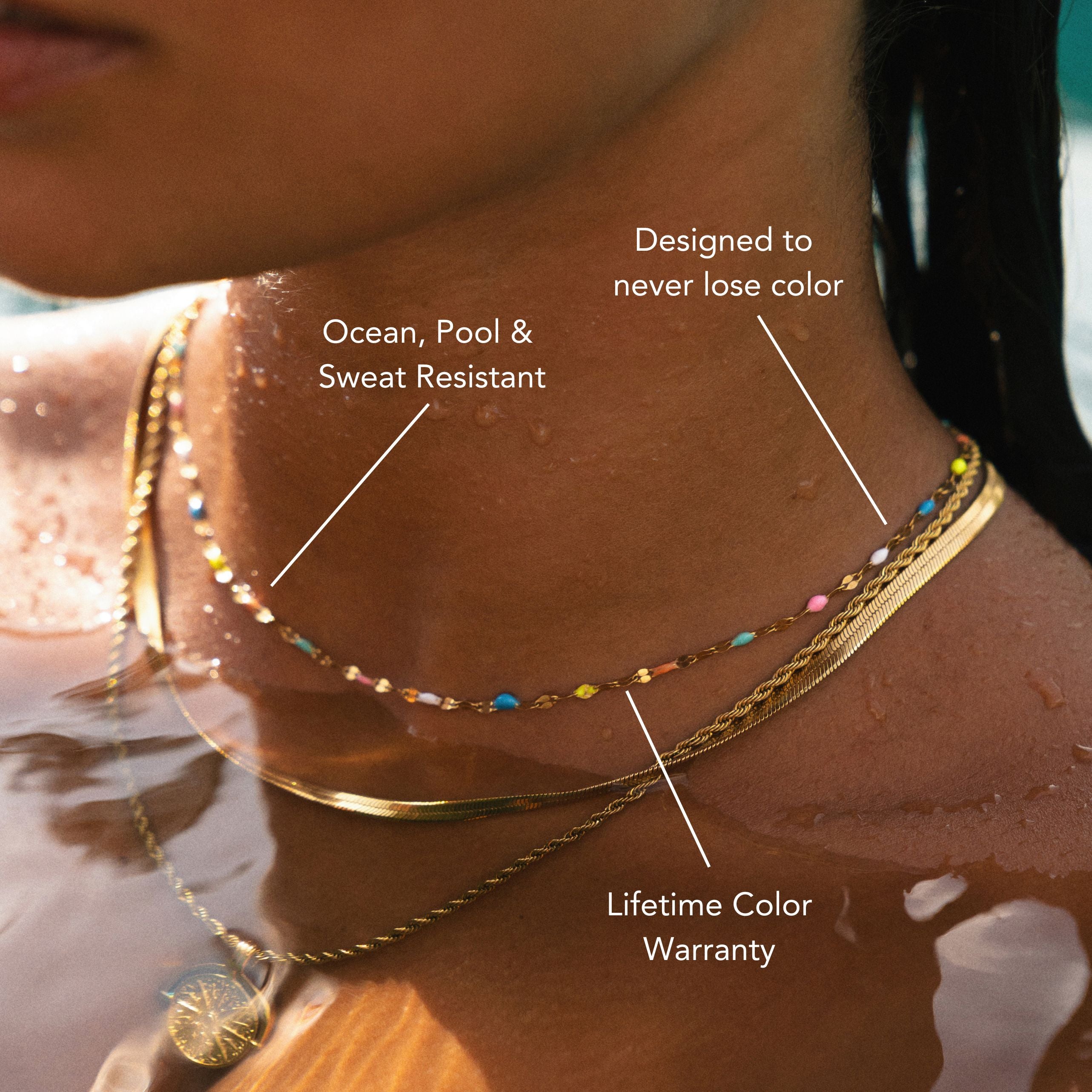
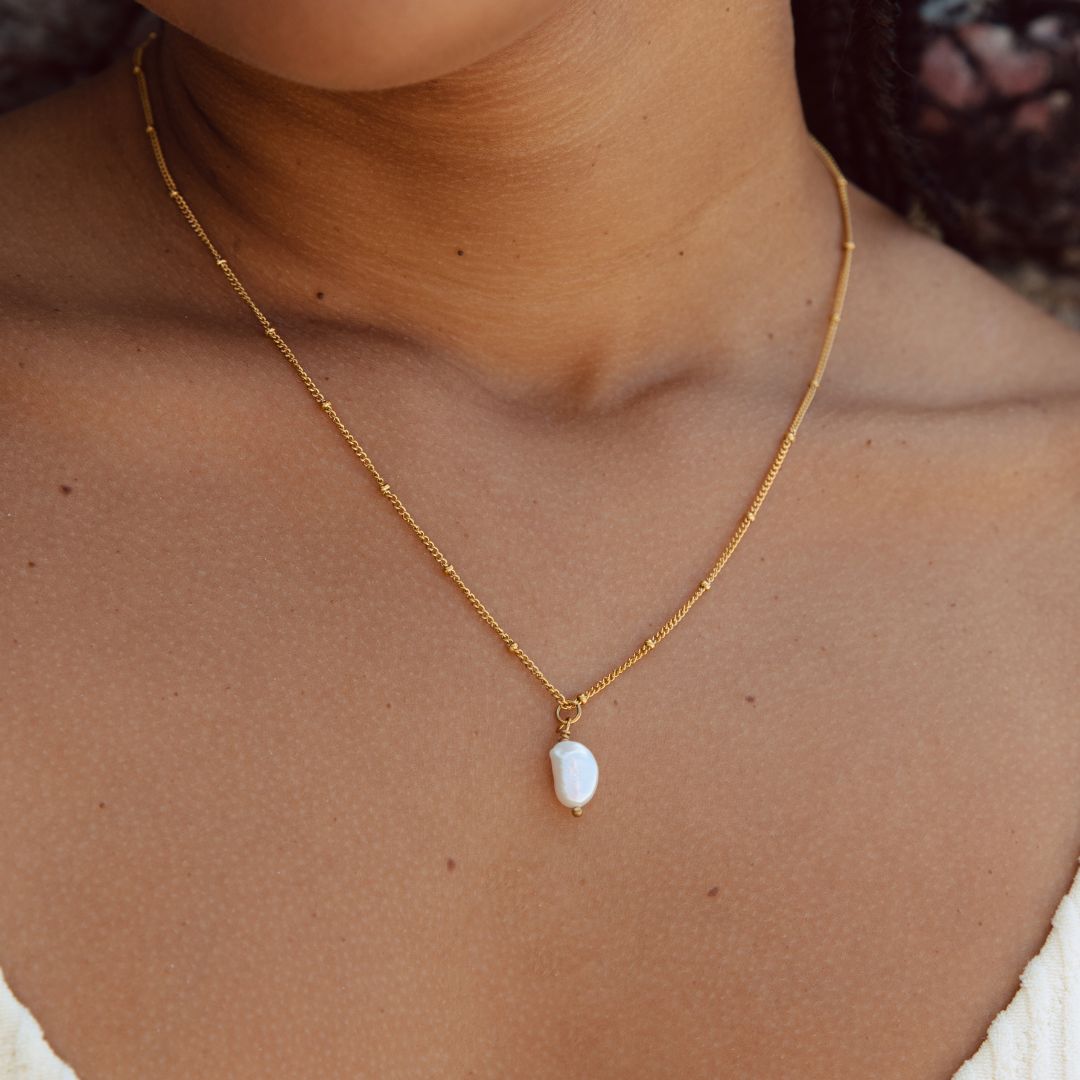
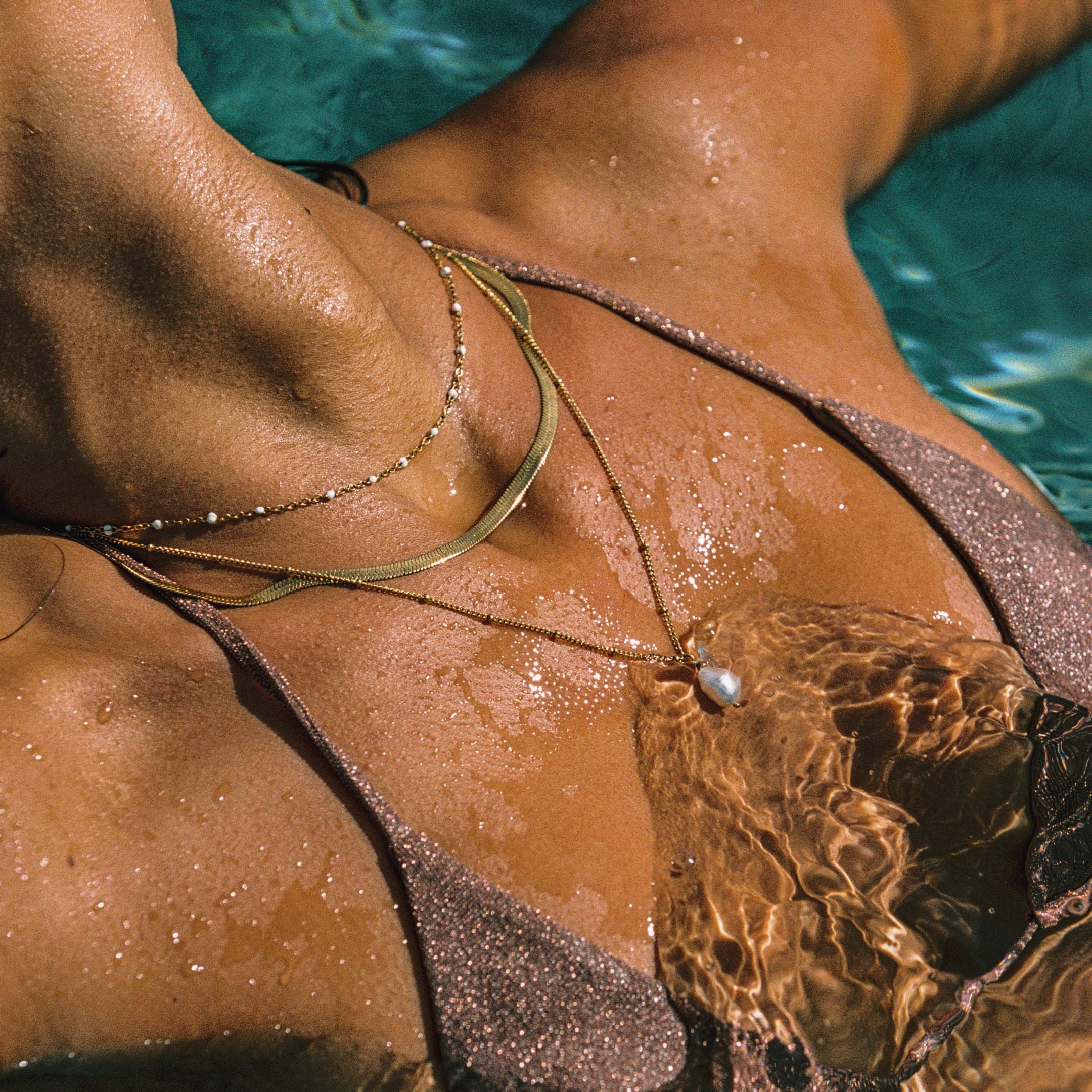
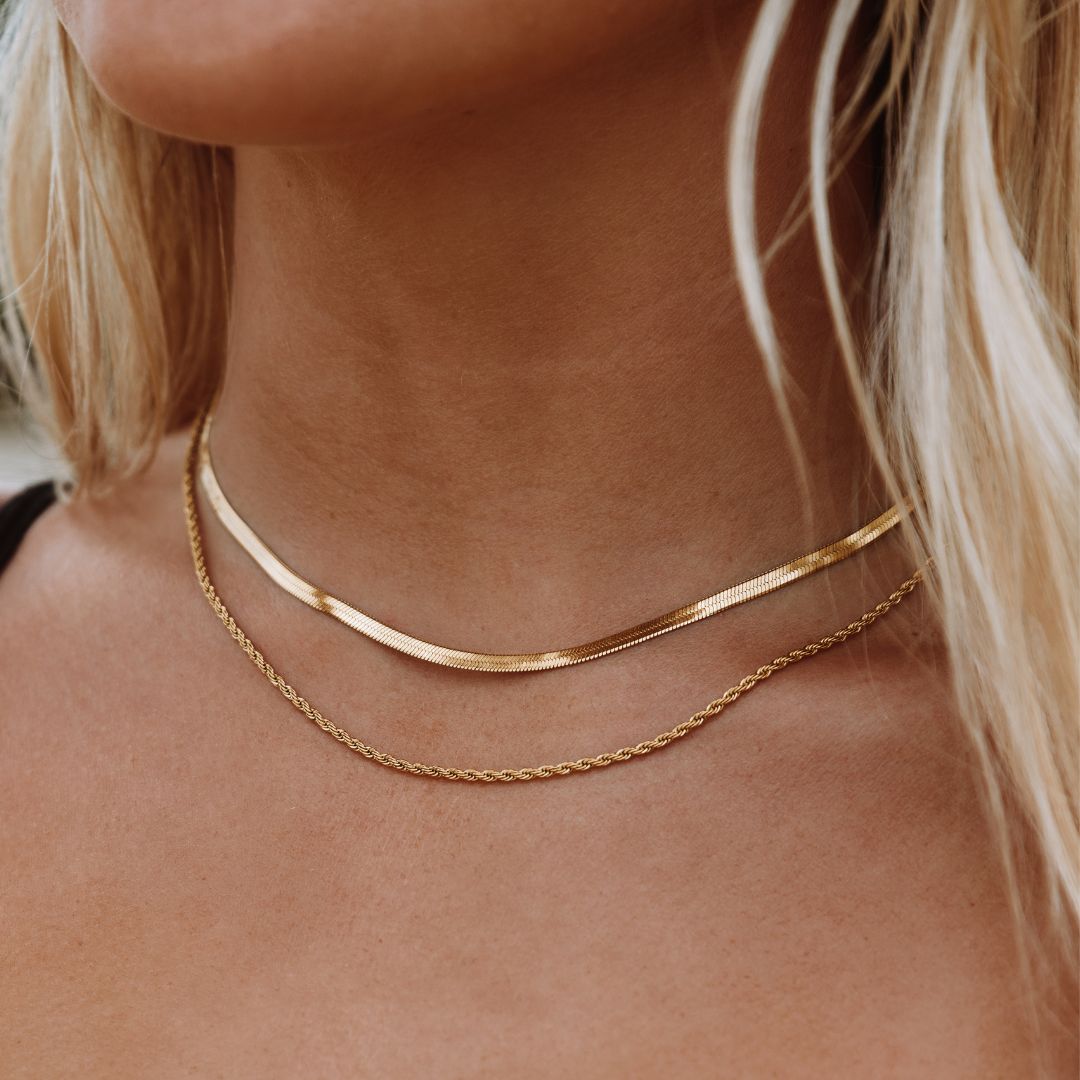
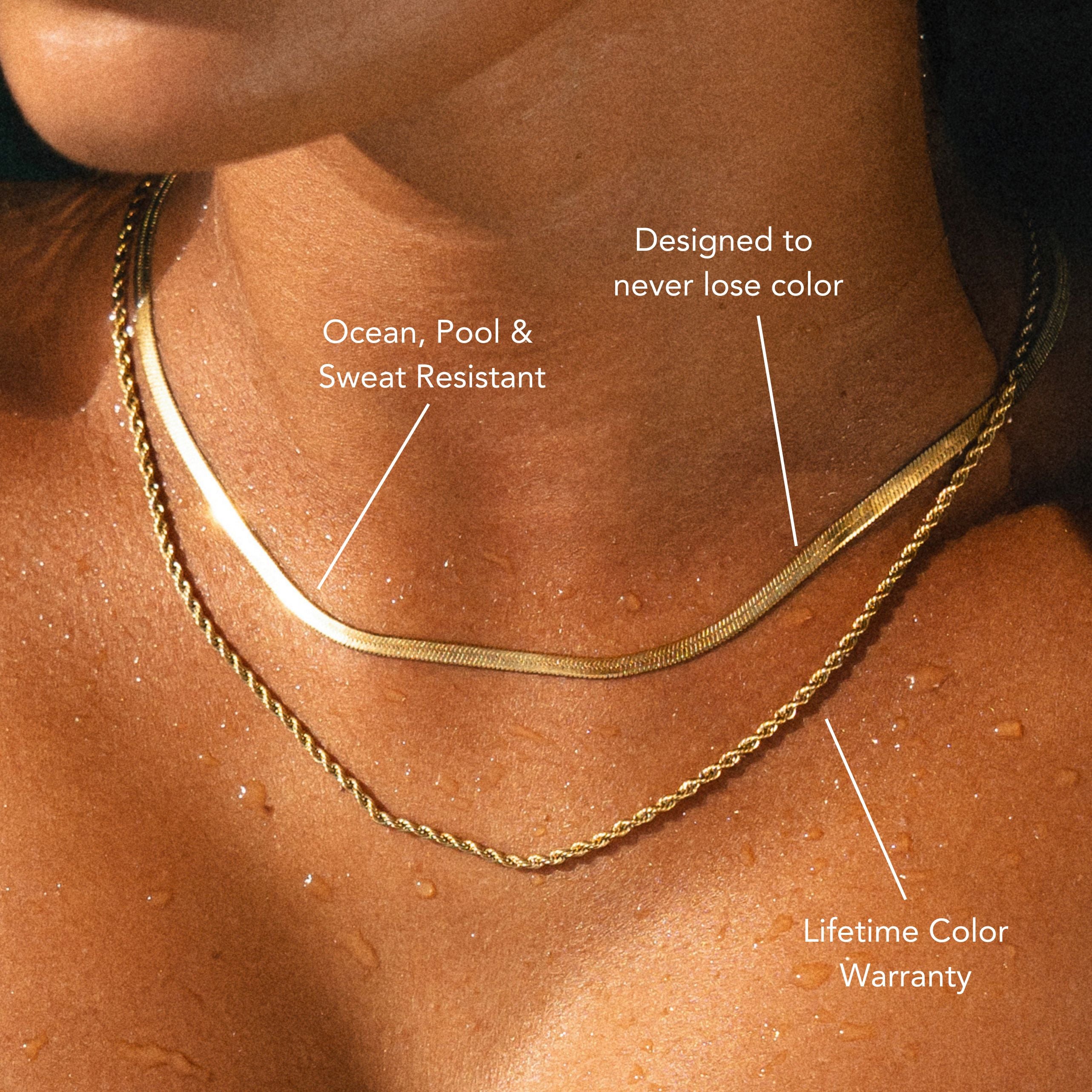
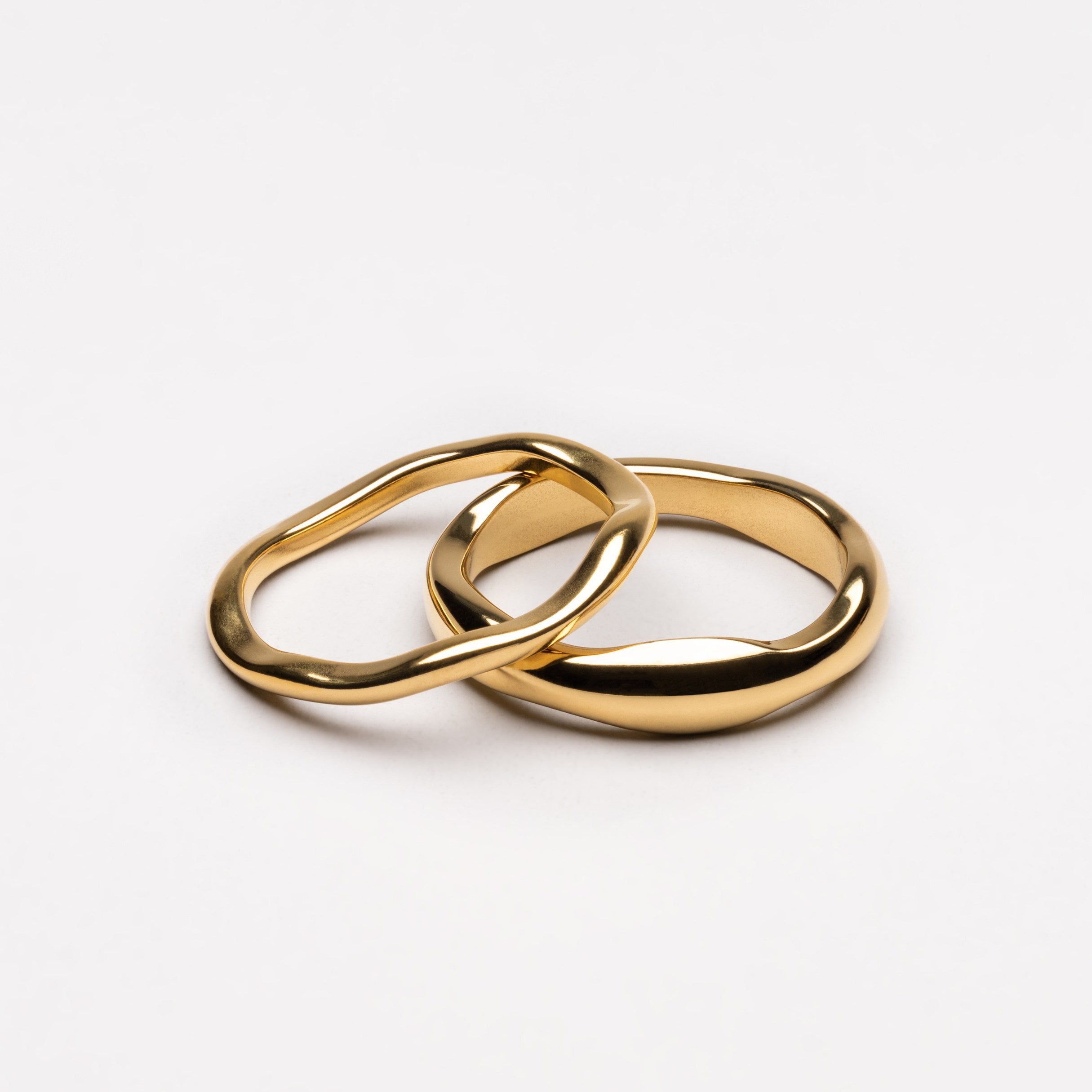
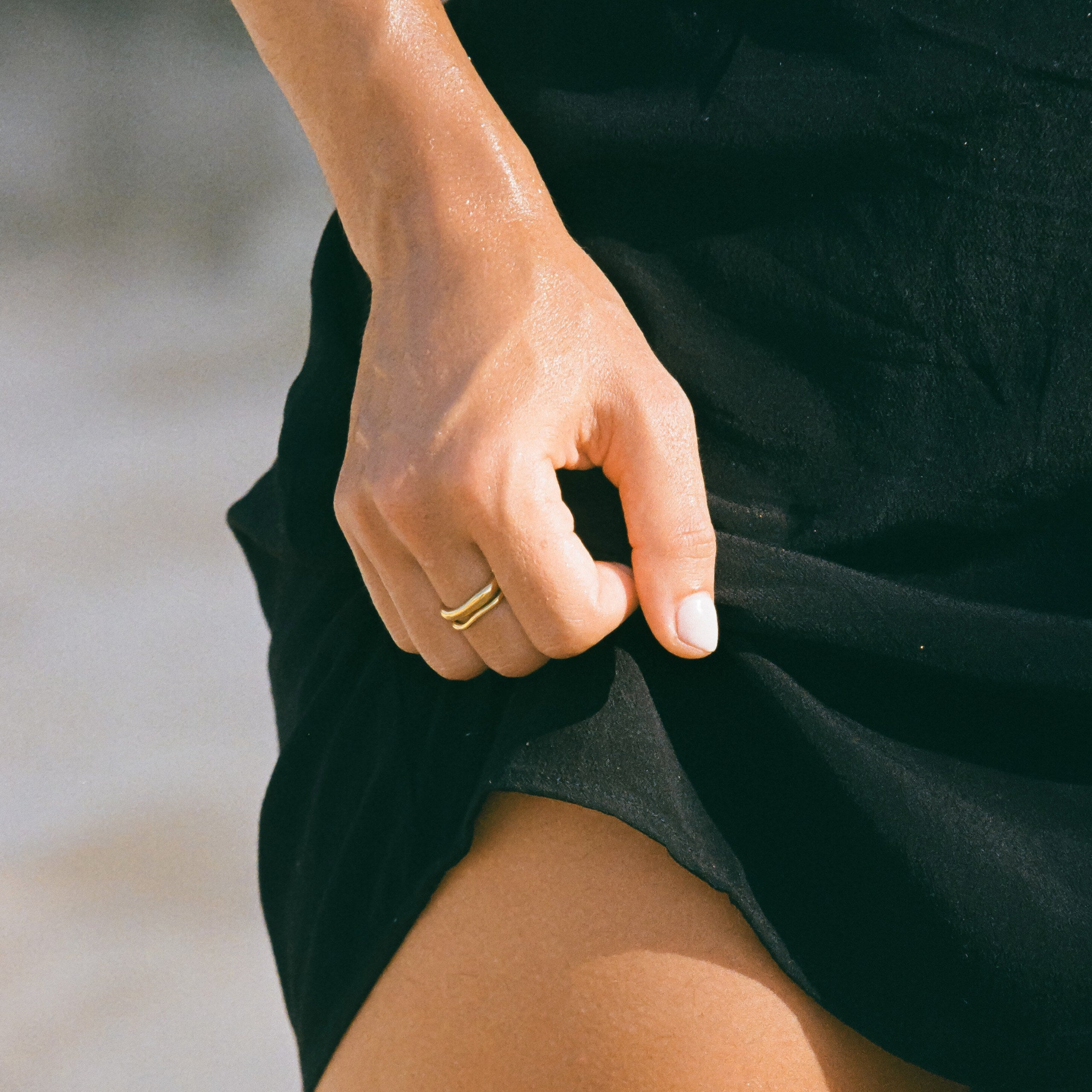
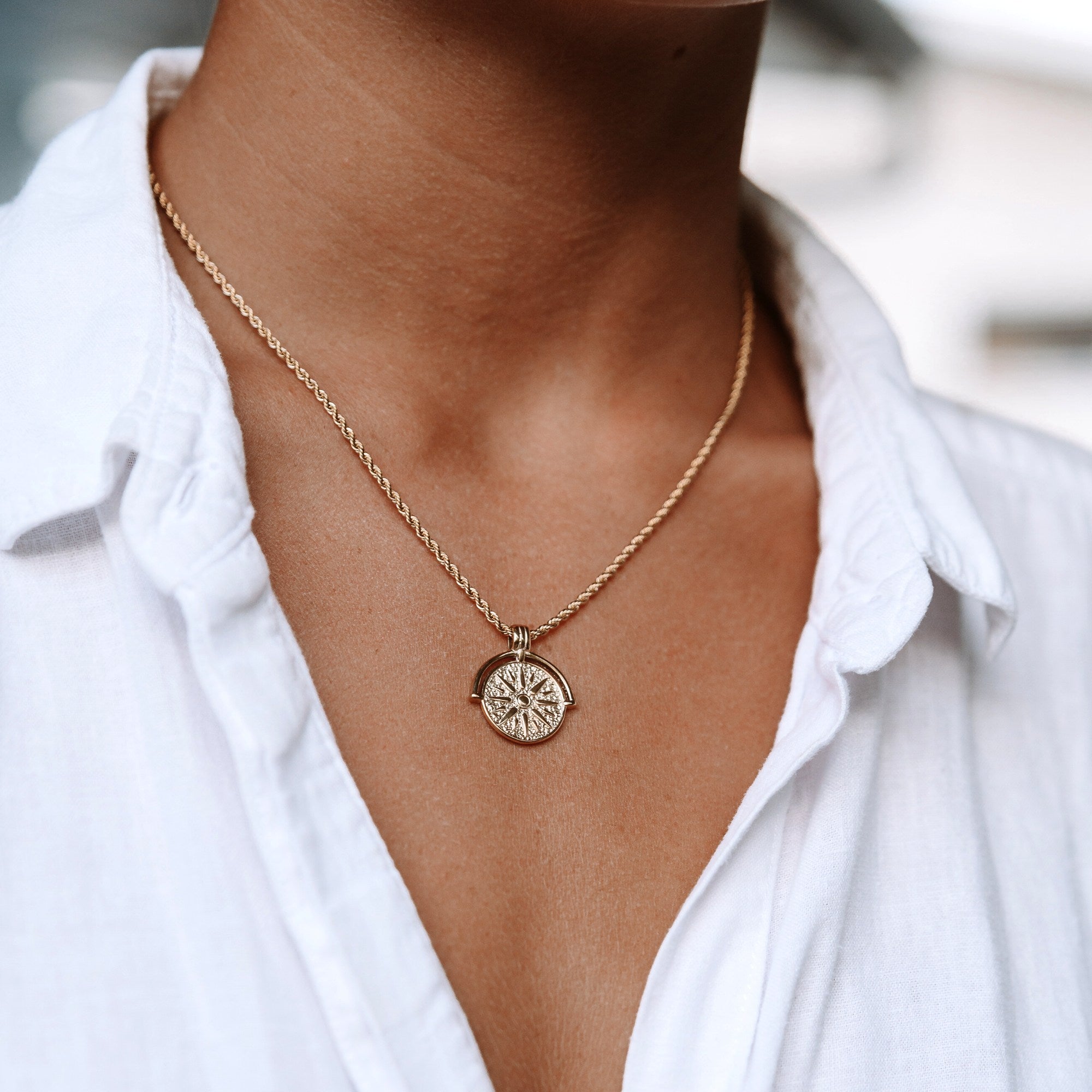
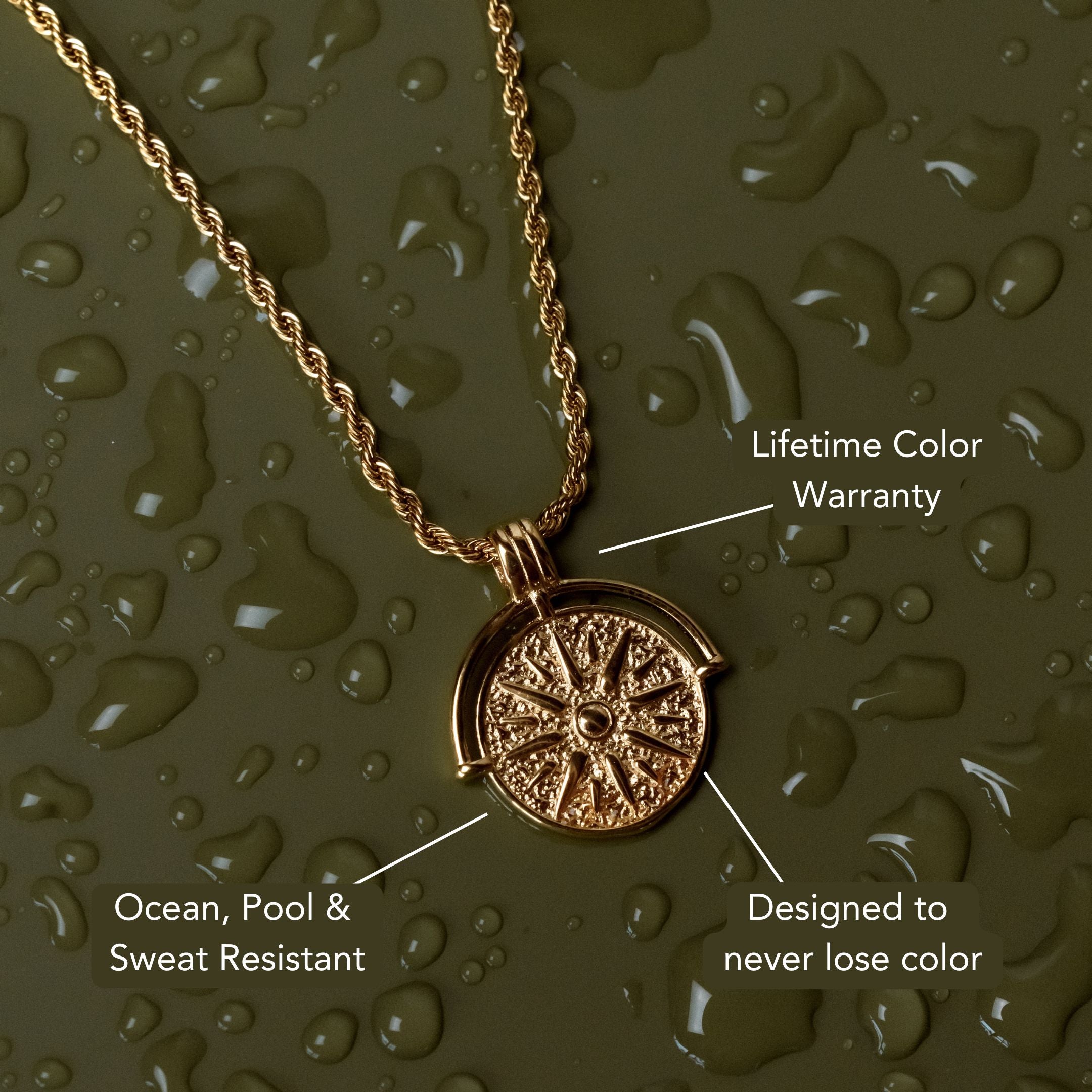
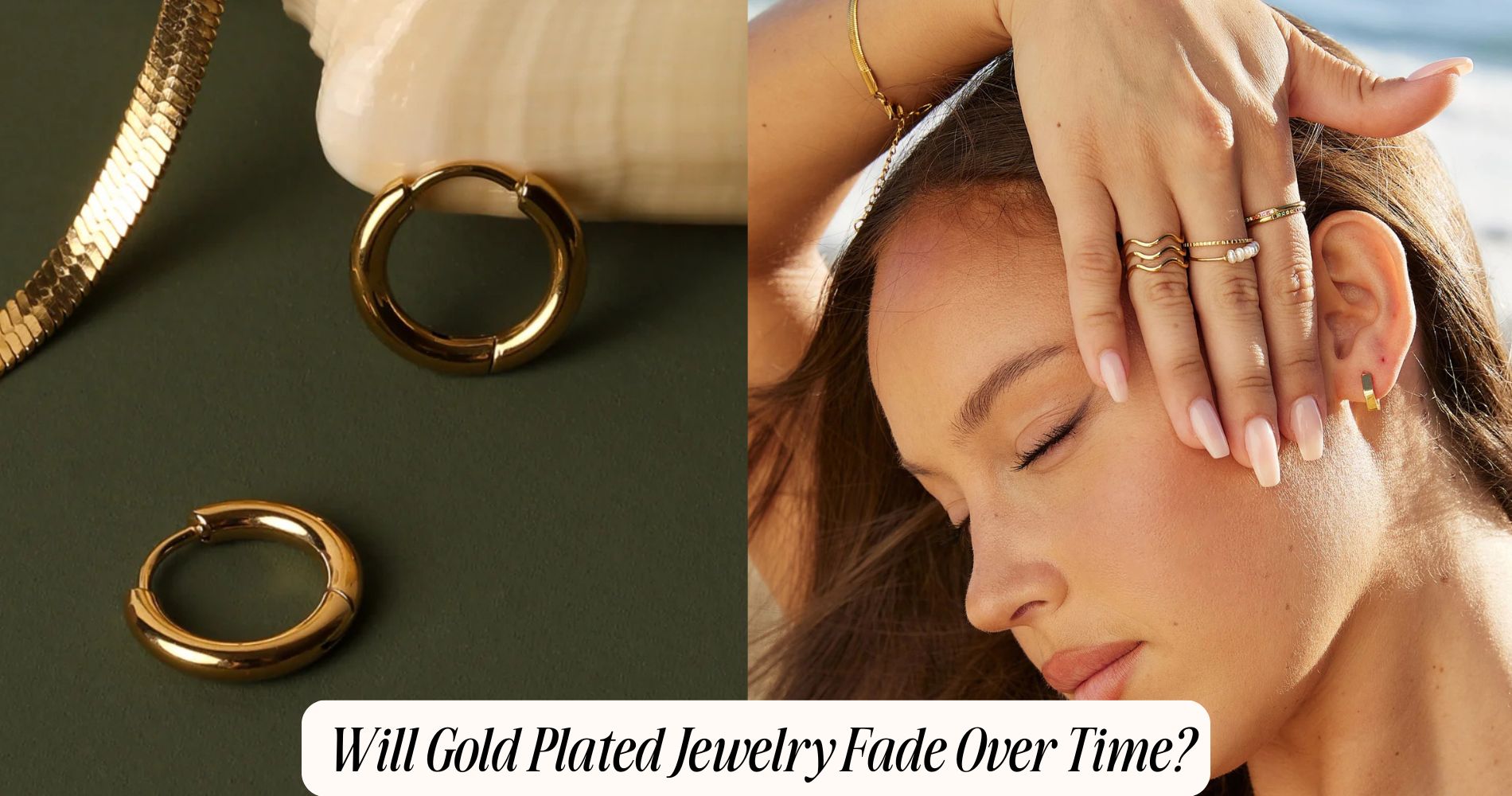
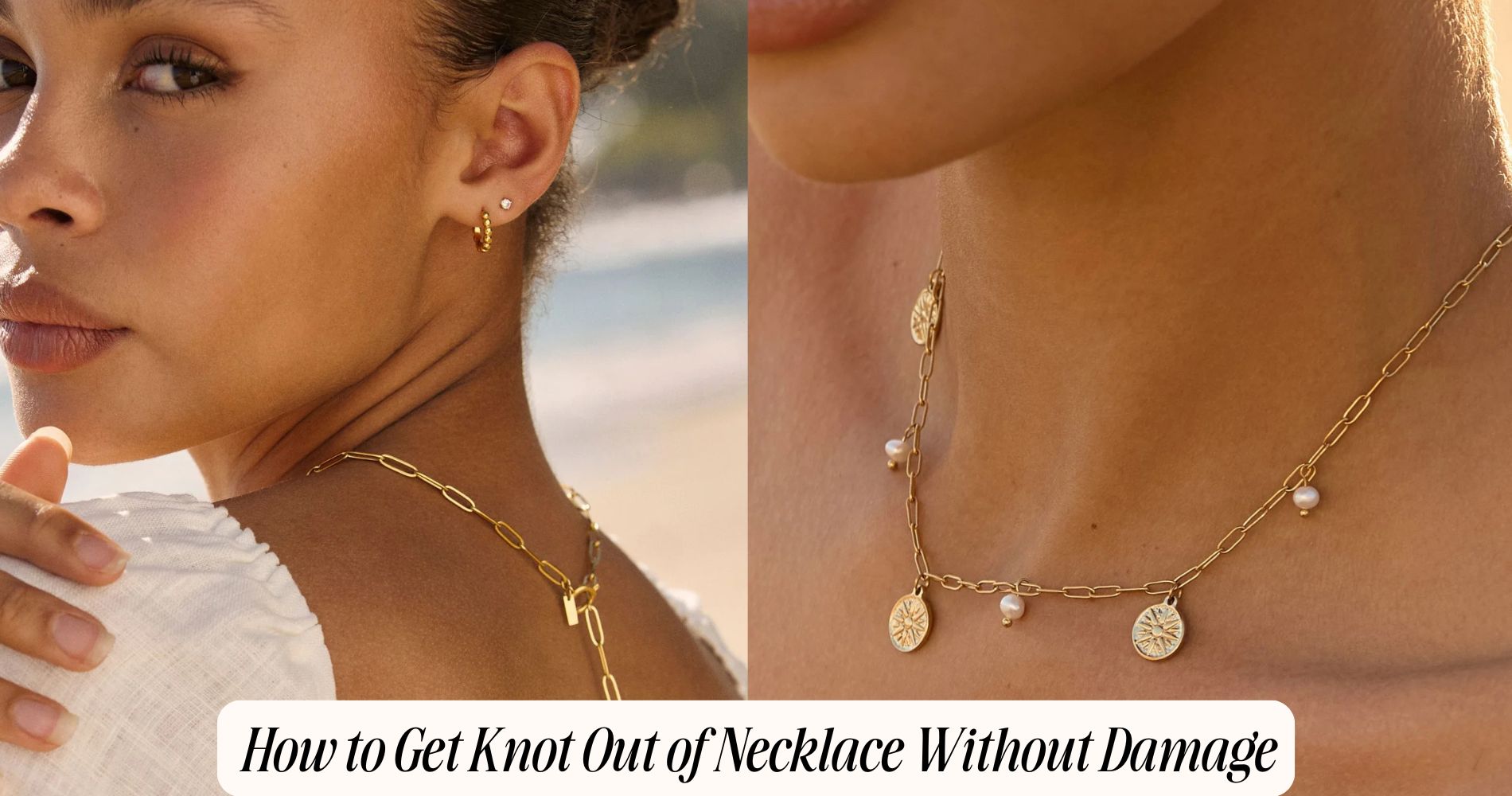




Leave a comment
This site is protected by hCaptcha and the hCaptcha Privacy Policy and Terms of Service apply.